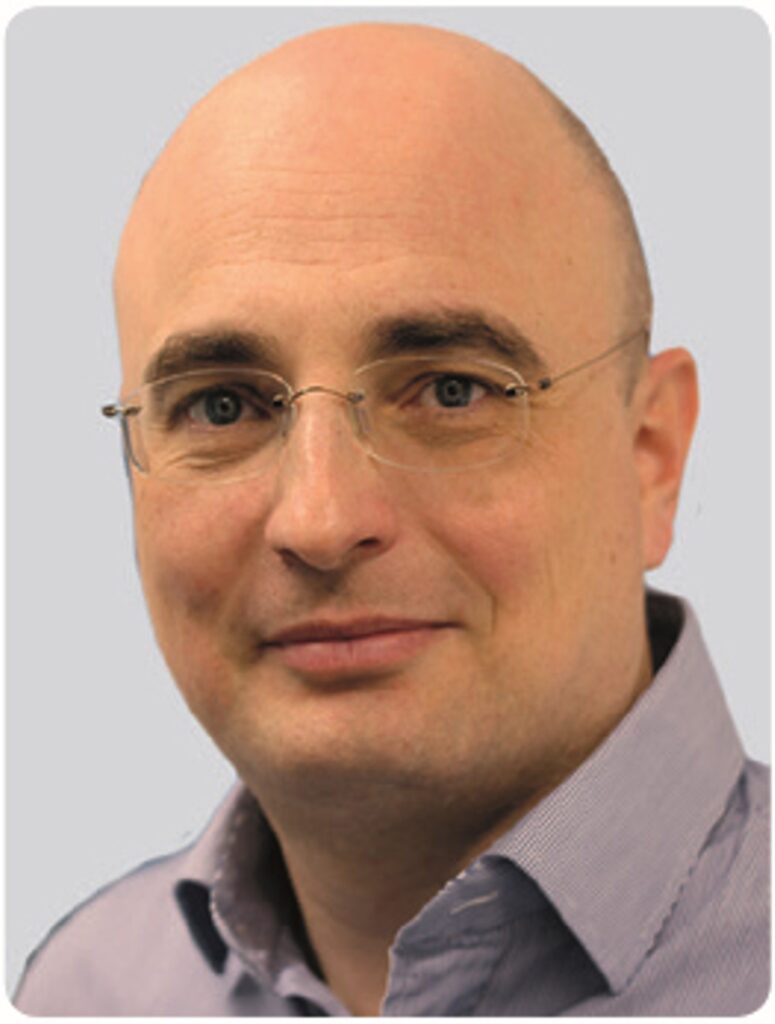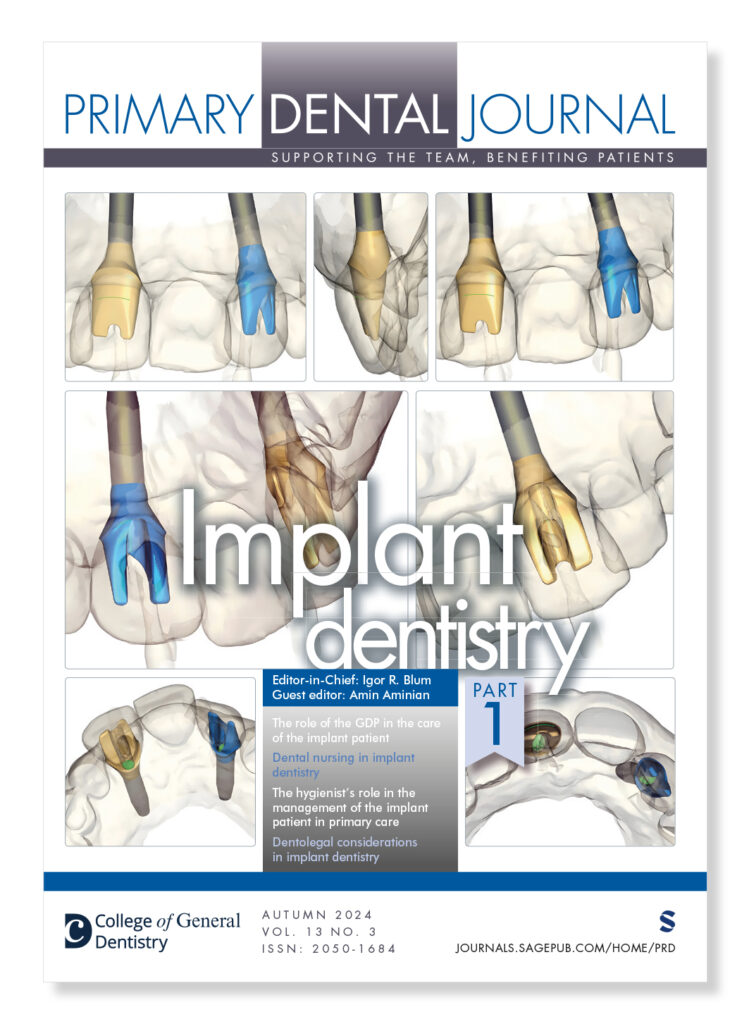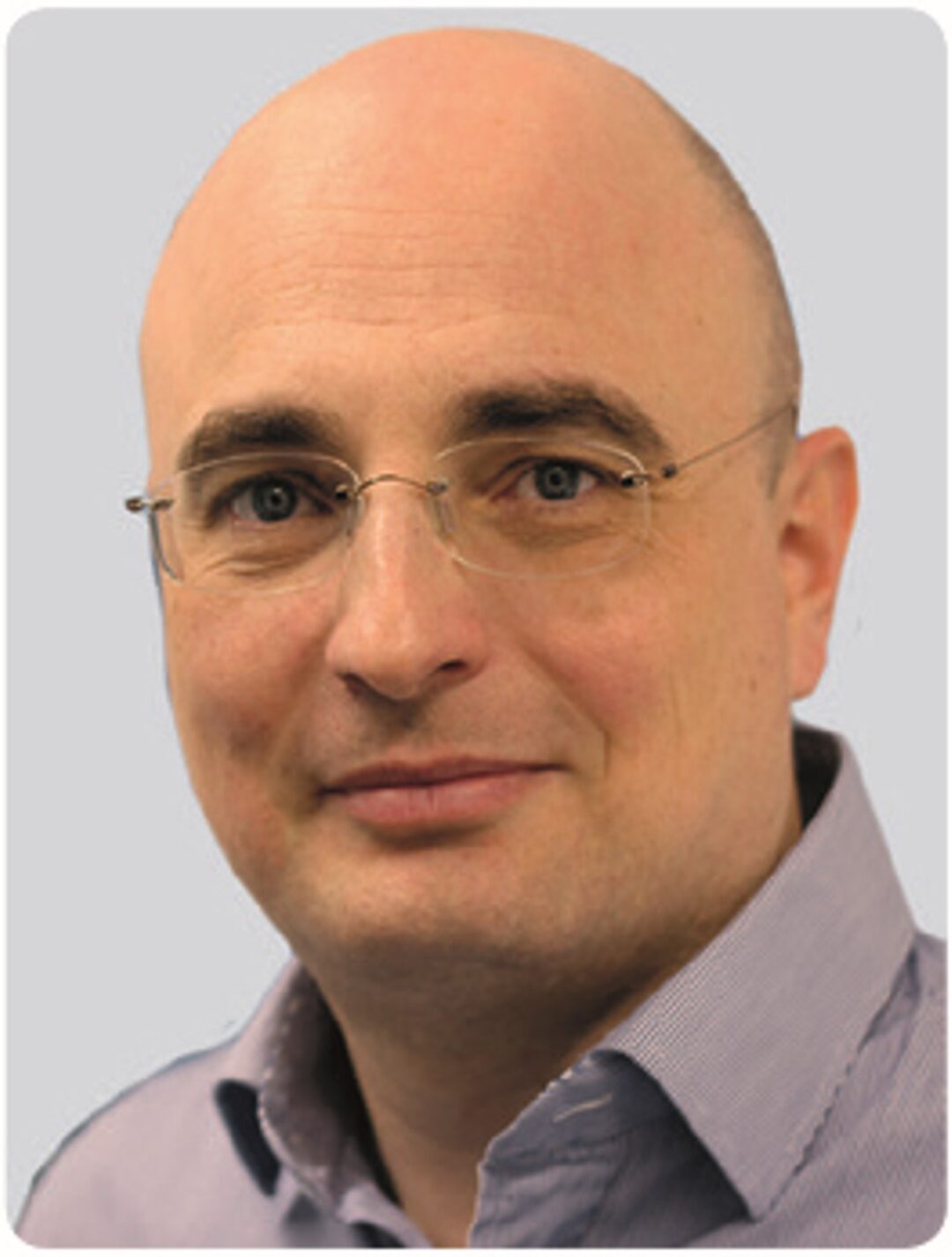Igor Blum, Clinical Professor of Primary Care Dentistry and Advanced General Dental Practice at King’s College London and Editor of the Primary Dental Journal (PDJ), introduces two issues of the PDJ dedicated to implant dentistry

Modern implant dentistry begins with the pioneering work of Per-Ingvar Brånemark (1929-2014), professor of anatomy at the University of Gothenburg, Sweden, and André Schroeder (1918-2004) professor of operative dentistry and endodontics at the University of Bern, Switzerland. Professor Brånemark studied bone healing and regeneration and discovered in 1957 that bone could grow in close proximity with titanium without being rejected, developing a permanent attachment between bone and titanium. He termed this phenomenon ‘osseointegration’.
Osseointegration established a new era in dentistry and paved the way for the development of the principles of biological acceptance of implants based on the science of bone biology. The first patient receiving titanium dental implants was 34-year-old Gosta Larsson, a man with a cleft palate, jaw deformities and missing teeth in his lower jaw. In 1965 he had four titanium implants (fixtures) placed into his mandible which were restored with a fixed prosthesis. The dental implants served for more than 40 years, until the end of Mr Larsson’s life.1
Early histological evidence demonstrating dental implant osseointegration was published in 1976 by Professor André Schroeder. He then went on to develop improved dental implant designs, and in 1980 Professor Schroeder founded the International Team of Implantology (ITI) of which he was the founding president. The ITI evolved into the largest global organisation of Implant Dentistry today.
At the Toronto Conference on Osseointegration in Clinical Dentistry in 1982, Professor Brånemark gave his landmark presentation that convinced dentists that a new era had dawned for dental implants, which became rapidly adopted as a new method of root-shaped screws in the jaws.2 He is widely known as the ‘father of modern dental implantology’ because of his milestone contribution in the field of implant dentistry. In tandem with the pioneering work in dental implants, and following the recognition of long-term success of osseointegration, this work was extended to orthopaedics for small and large joint replacement.3
The introduction of the concept of osseointegration of implants resulted in a paradigm shift that affected the dental care of partially dentate and edentulous patients. Dental implants continued to evolve with research and innovation over decades resulting in the treatment planning involving the implant option becoming part of mainstream dentistry in the present day. The widespread use of dental implants requires dental professionals to be up to date with maintaining the implant patient, regardless of whether the dental practice is offering the provision of dental implants. It is therefore essential for dental professionals to have appropriate training and a sound clinical understanding in the care of and maintaining the implant patient.
Although not a substitute by any means for a quality assured clinical training programme or structured course, the editorial team felt it was timely to produce an issue of the Primary Dental Journal devoted to Implant Dentistry. This theme has been split across two consecutive issues of the journal – parts 1 and 2.
Part 1, our Autumn 2024 issue which will be published imminently, addresses the role of the general dental practitioner in the care of the implant patient, dental nursing in implant dentistry, the hygienist’s role in the management of the implant patient in primary care, developing implant mentoring programmes, a personal journey from mentee to mentor, biomechanical principles of restoring a dentition with dental implants, a technician’s perspective on communication in implant treatment planning, placement and reconstruction in the digital age, the impact of implants on quality of life, and, very importantly dentolegal considerations in implant dentistry. The main objective of part 1 issue is to provide readers with a cutting-edge update on the above topics, including raising awareness of the need to manage implant patients in primary care.
Part 2, the Winter 2024/25 issue to be published in around three months’ time, will focus more on clinical aspects of implant dentistry, including complications and adverse events, and recent technological advancements in the field.
Implant Dentistry is truly an evolving discipline as seen by the remarkable advances since the early works of Professors Brånemark, Schroeder and many others over the past decades. Those dental professionals wishing to further their knowledge and skills in implant dentistry and wishing to choose postgraduate educational programmes or courses might also benefit from familiarising themselves with the College of General Dentistry publications Mentoring in Implant Dentistry: Good Practice Guidelines and Training standards in implant dentistry. The former describes the nature of mentoring which should be undertaken in order to safely carry out implant dentistry following completion of an appropriate training course, while the latter helps with identifying quality postgraduate education in implant dentistry.
I am very thankful to Dr Amin Aminian and Professor Ilser Turkyilmaz, the guest editors respectively of our part 1 and part 2 issues on implant dentistry, and to all our contributing authors, for producing such a wealth of excellent and informative articles which I am certain readers will find of interest and use.
The Primary Dental Journal is the College’s quarterly peer-reviewed journal dedicated to general dental practice. Printed copies of the Autumn 2024 part 1 issue on implant dentistry should arrive with College members in the second half of October.

Joining gift: Implant Dentistry parts 1 & 2
To mark the publication of the first of our new PDJ issues on implant dentistry, anyone joining the College or its Register of Mentors in Implant Dentistry before 31 December 2024 will receive a printed copy. They will also be sent part 2 once available.
References
1 Lewin T. Per-Ingvar Brånemark, Dental Innovator, Dies at 85. The New York Times, Dec 27, 2014. https://www.nytimes.com/2014/12/28/health/per-ingvar-branemark-dental-innovator-dies-at-85.html
2Zarb G, editor. Toronto conference on osseointegration in clinical dentistry. In Proceedings of the 1982 Toronto Conference 1983 (pp. 1-165). Mosby: St. Louis
3Albrektsson T, Lekholm U. Osseointegration: current state of the art. Dent Clin North Am. 1989 Oct;33(4):537-54


